|
Artists sometimes claim that they work without thought of an audience - that they
make pictures just for themselves. We are not deceived. The only reward worth that
much effort is a response, and if no one pays attention, or if the artist cannot
live on hope, then he or she is lost.
|
|
Robert Adams
|
|
|
The ratio of men to women on campus was seven to one in 1976 when I began my engineering degree at
Loughborough University of Technoloy. Even fewer women followed technical careers back then than now;
my first year engineering mathematics lectures were attended by just three girls in a class of one hundred.
The few liberal arts students at the college would mock the majority quoting "Yesterday I wanted to be an
engineer, now I are one."
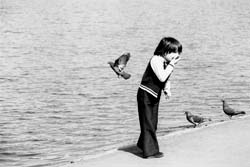 A Soligor TM camera, passed on by my dad,
was my best hope for an answer to the truth in that barb. That, and finally bothering to read
the whole of Laurie Lee's "Cider with Rosie" from cover to cover rather than just the chapters necessary to
satisfy my tenth grade English teacher's homework questions.
A Soligor TM camera, passed on by my dad,
was my best hope for an answer to the truth in that barb. That, and finally bothering to read
the whole of Laurie Lee's "Cider with Rosie" from cover to cover rather than just the chapters necessary to
satisfy my tenth grade English teacher's homework questions.
There are as yet no images on this site that date back to my college days; dusting of the scanner
and digging through the archives is a project on my to-do list. The 1980 photograph on the right, of a boy at London's
Hyde Park, is perhaps the oldest image I have yet posted.
Color photography has always been my primary mode - I see color before form. Even as a student on a tight budget in a time
when most serious amateurs, every newspaper photographer and virtually all art photographers shot in black
and white, I worked mostly in color. For prints, I struggled with Cibachrome and a Durst enlarger for a brief period
in the mid-80s but it was not until the arrival of affordable film scanners and quality digital cameras at the end of
the century that I was finally able to make worthwhile prints.
Today I live in Austin, Texas, with my wife and twin teenage daughters; writing Web site applications to pay the bills. I
miss our annual visits to Na Fuarain on the Isle of Mull but I have New Mexico
to make up for it.
|
Broad Themes
|
A man's life is nothing but an extended trek through the detours of art to recapture
those one or two moments when his heart first opened.
|
|
Albert Camus
|
|
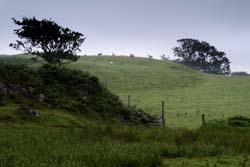 Landscape
Landscape
Landscape was and still is my majority subject. The meaning of these images has changed for me
over the years, I have moved from faith to uncertainty, but I still look for traces of transcendance
and the sublime in them.
Before I was even conscious of it, my best landscape pictures carried a touch of isolation along with the beauty.
|
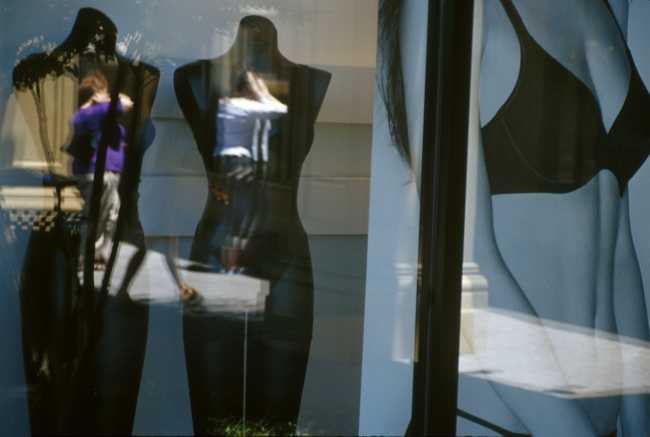 Store Windows
Store Windows
I have a long running fascination with store windows; what is inside them, what they reflect and how the
two combine to ask questions and tell stories. The site article titled
Store Life Revisited
provides a longer explanation of why together with a selection of examples.
|
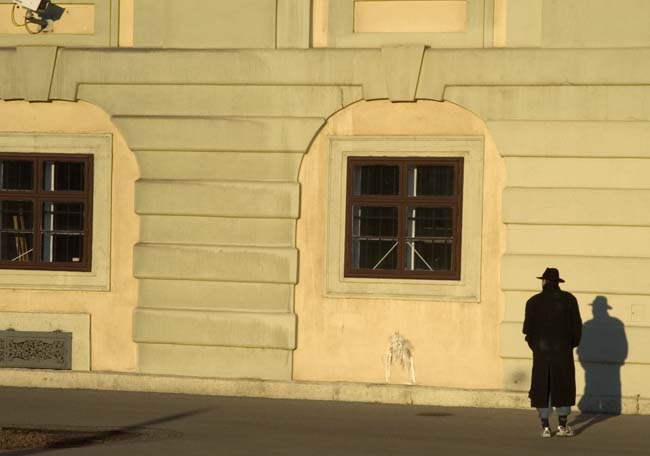 People
People
From early on I loved the work of street photographers like
Elliott Erwit,
Henri Cartier-Bresson,
Ian Berry
and Garry Winogrand
but I was too embarrassed and untalented to emulate them; I did not have their eye or their boldness.
I have a little more courage now but the people in my photographs tend to be representative types rather than the identifiable
individuals present in a Magnum member's work. Mine often carry a
sense of loneliness; backs to the camera, walking out of the frame, small and distant.
|
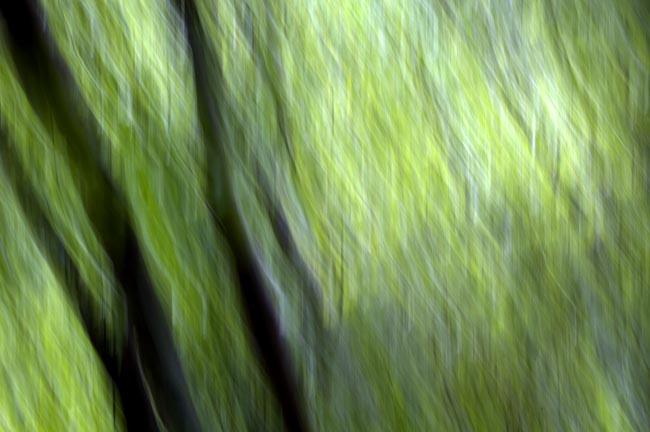 Motion
Motion
Slow but rich Kodachrome 64 was my prefered film in the 80s and Ernst Hass,
not Cartier-Bresson, became my chief inspiration. Hass was among the first to adopt color film in 1949 when Kodachrome 1 was rated at just 12 ASA; blurred motion
was inevitable and his results sanctioned my deliberate use of it.
Where for Haas it was impossible to freeze the action of a bullfight while the shutter was open, I took to
intentionally moving the camera during long exposures - an expensively unpredicatble process when
each frame could cost 15 cents. Digital cameras have eliminated the cost and allow instant review,
but a little of the delight in finding something unanticipated when the film was processed has been lost.
|
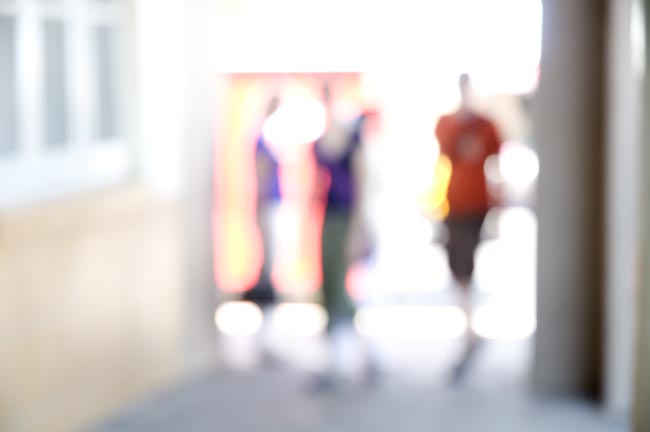 Unfocused and Overexposed
Unfocused and Overexposed
In the late-90s I began to experiment with completely unfocused images, reducing the image entirely
to regions of overlapping color and light; suggesting the subject but not allowing the eye a place to rest.
More recently I have added the use of extreme overexposure and strong backlighting.
I especially like the fact that the higly stylized results are achieved entirely in camera.
|


